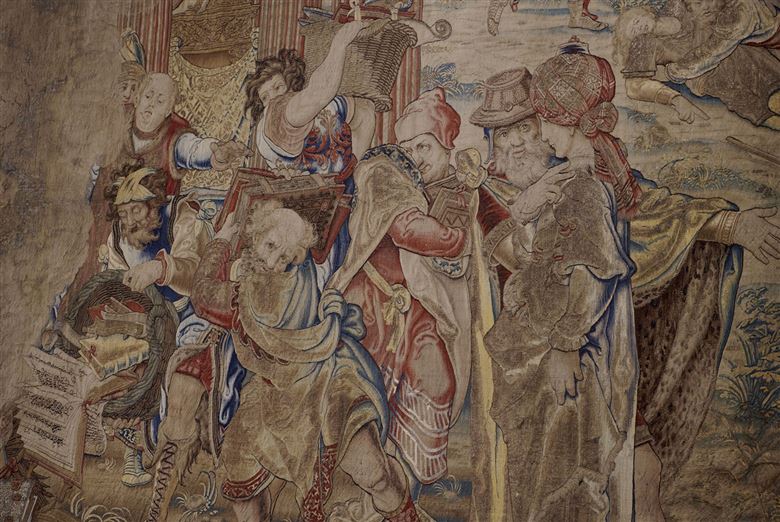An upcoming presentation in Paris attempts to demonstrate that medieval England contributed significantly to Europe’s thriving artistic, architectural, commercial, and cultural life between the years 1000 and 1500. The event’s organizers hope to dispel the misconception that the medieval kingdom of England was “primitive and savage,” in contrast to the gothic peak that existed in France and other areas of Europe at the time.
The manager of the gallery, James Robinson, also curator of art and sculpture at the V&A in London, said that the role that medieval England had in shaping European art has been “reassessed” in the previous fifty years. In Robinson’s opinion, it is a myth that the Middle Ages were a time of aesthetic and technological decline because of the Black Death and religious persecution. Moreover, he reassures the public that the gallery features some of the greatest works of art ever created. When asked why England’s cultural history was systematically and mercilessly devastated, he argued the 16th-century Reformation and the uprising led by Oliver Cromwell in the 1640s were to blame.
“This misunderstanding about the supremacy of French culture is because so much of the evidence was destroyed by us … nowhere [in England] was left untouched by the Reformation. While continental Europe tended to retain its church treasuries, ours were dismantled and destroyed”, Robinson explained.
The Gothic style was the dominating artistic movement in Europe from the 13th through the 15th century, and its most dramatic expression was in the building of magnificent cathedrals. The time also witnessed an increase in the production of ecclesiastical furnishings and reliquaries, as well as artwork, handwritten manuscripts, carvings, tapestries, and complex embroidery.
The English Reformation witnessed the closure of the country’s religious institutions, the confiscation of their wealth, and in many instances the destruction of the structures when Henry VIII seized the Church of England from the control of the pope and the Catholic church. Everything of worth was ruined, stolen, or completely damaged. Because of this, French gothic art and architecture are held in the highest regard, although the English were every bit as skilled. As Robinson explained, the cathedrals of Lincoln and Salisbury were among the greatest examples of gothic architecture in the world.
Rare artefacts that were spared from the 16th and 17th century plunder and devastation will be on display at the Paris exhibition opening on the 30th of June at the Hôtel de la Marine, demonstrating the incredible richness of the creative interactions that joined England with continental Europe in the Middle Ages.
Source: theguardian.com




